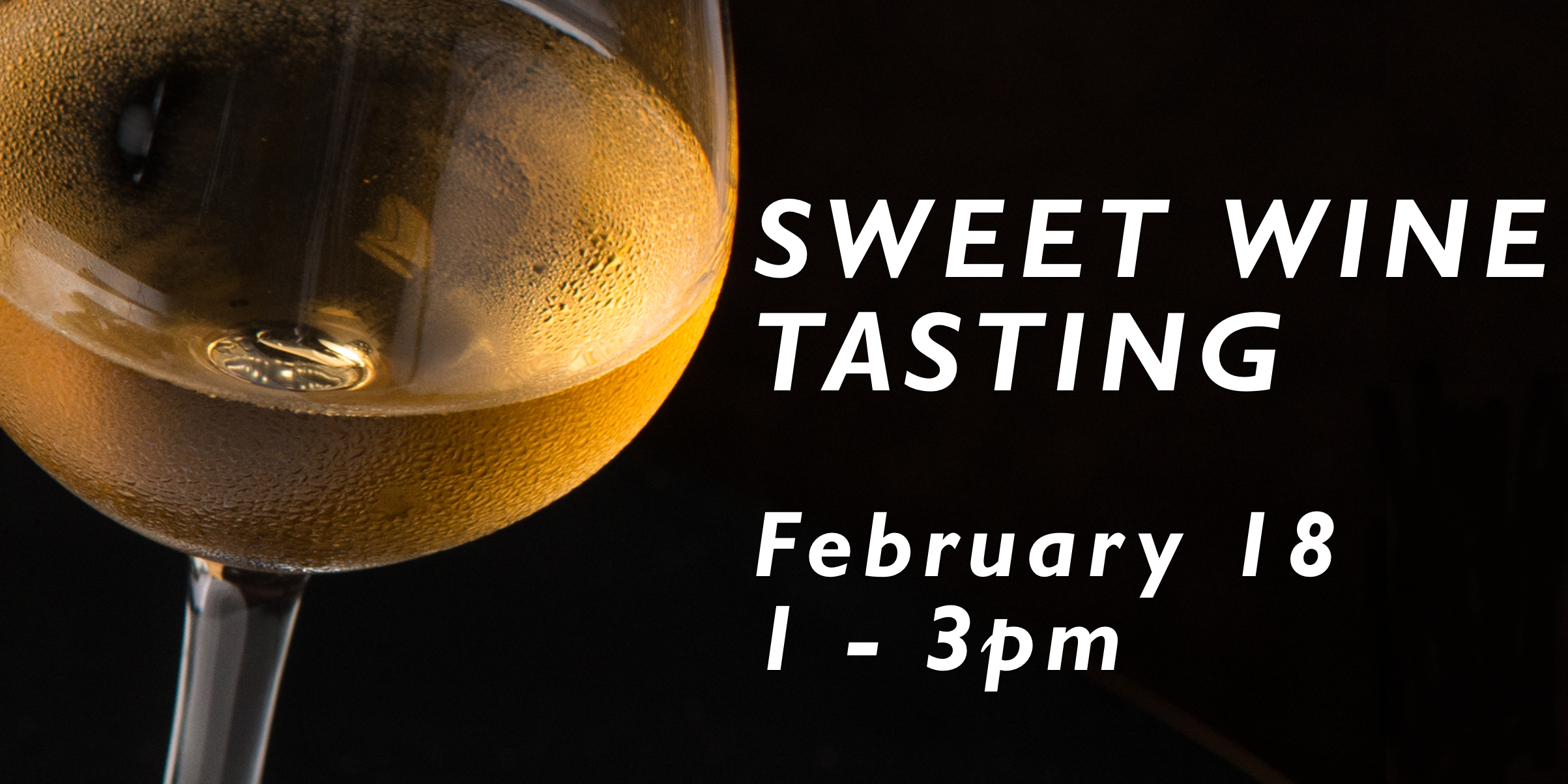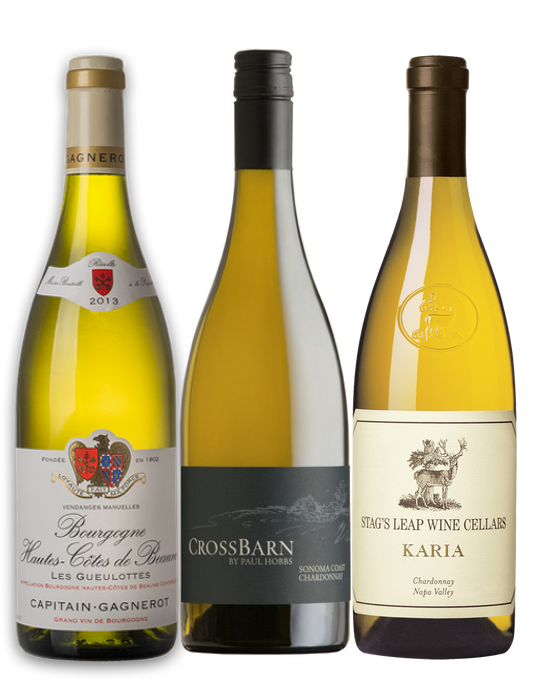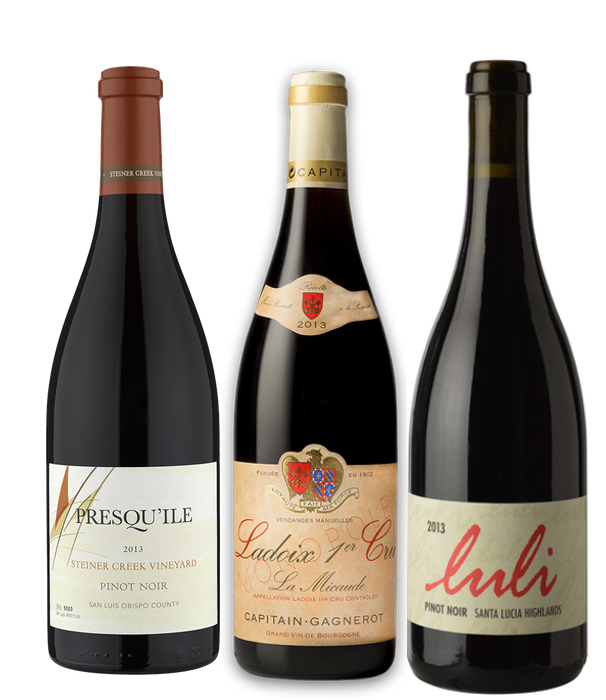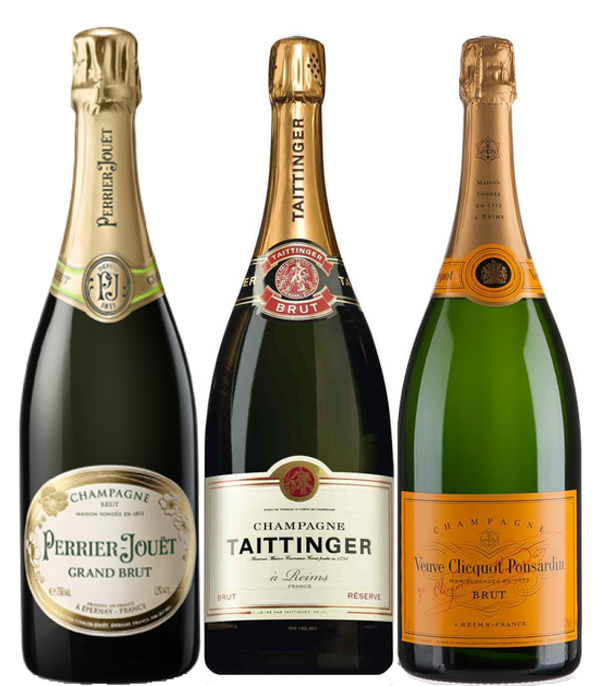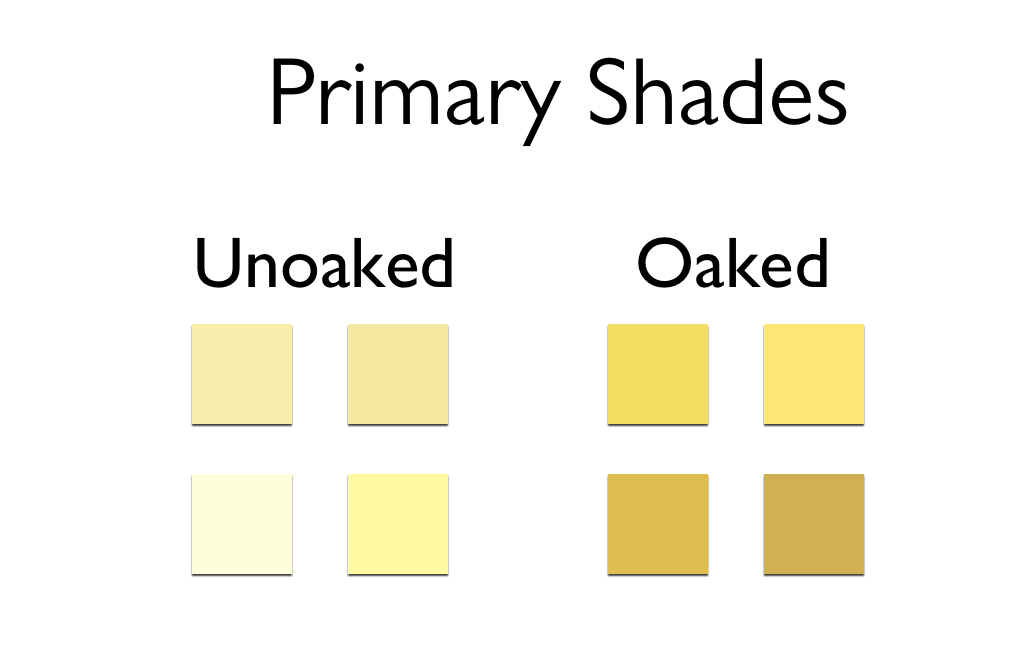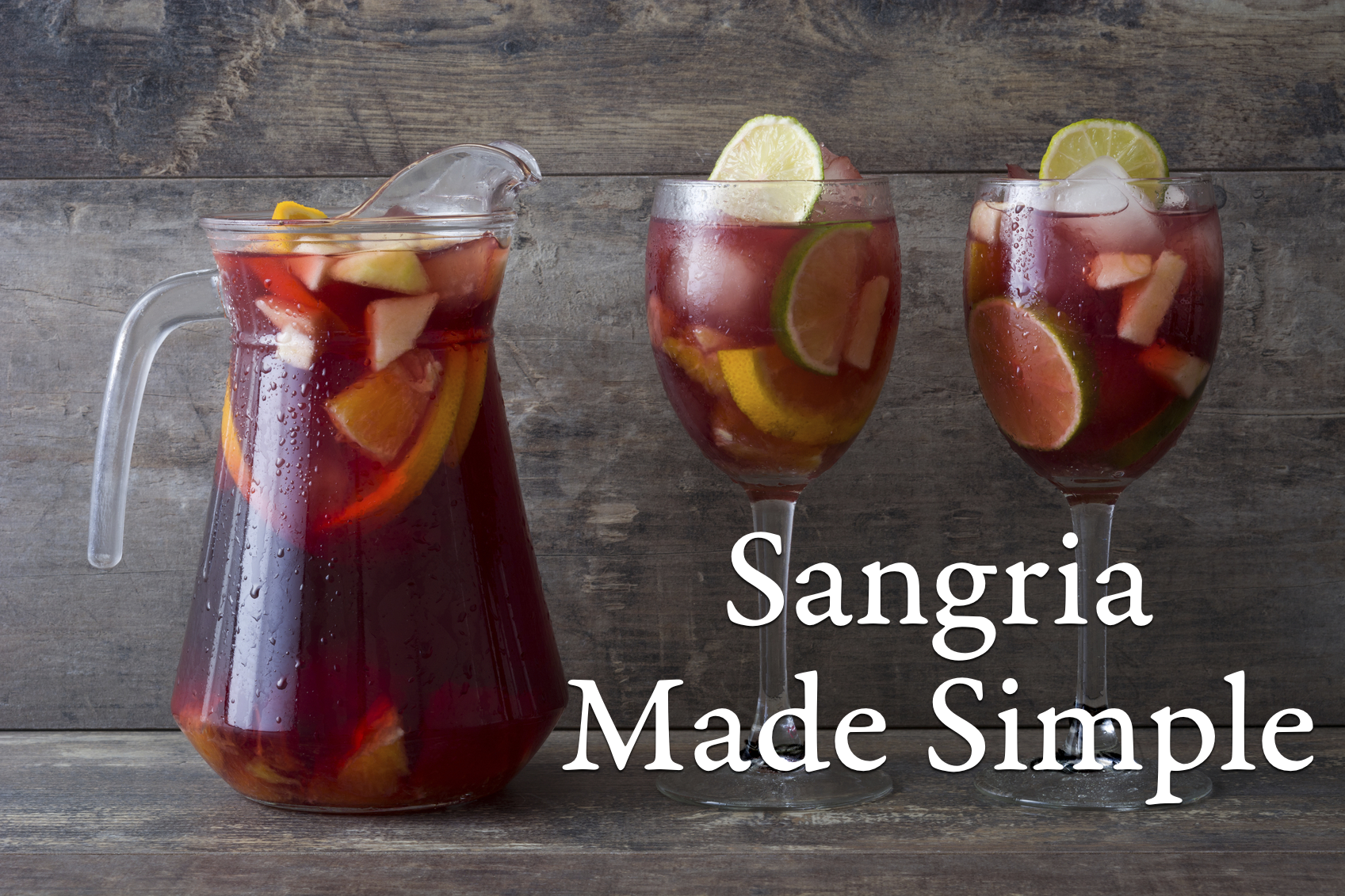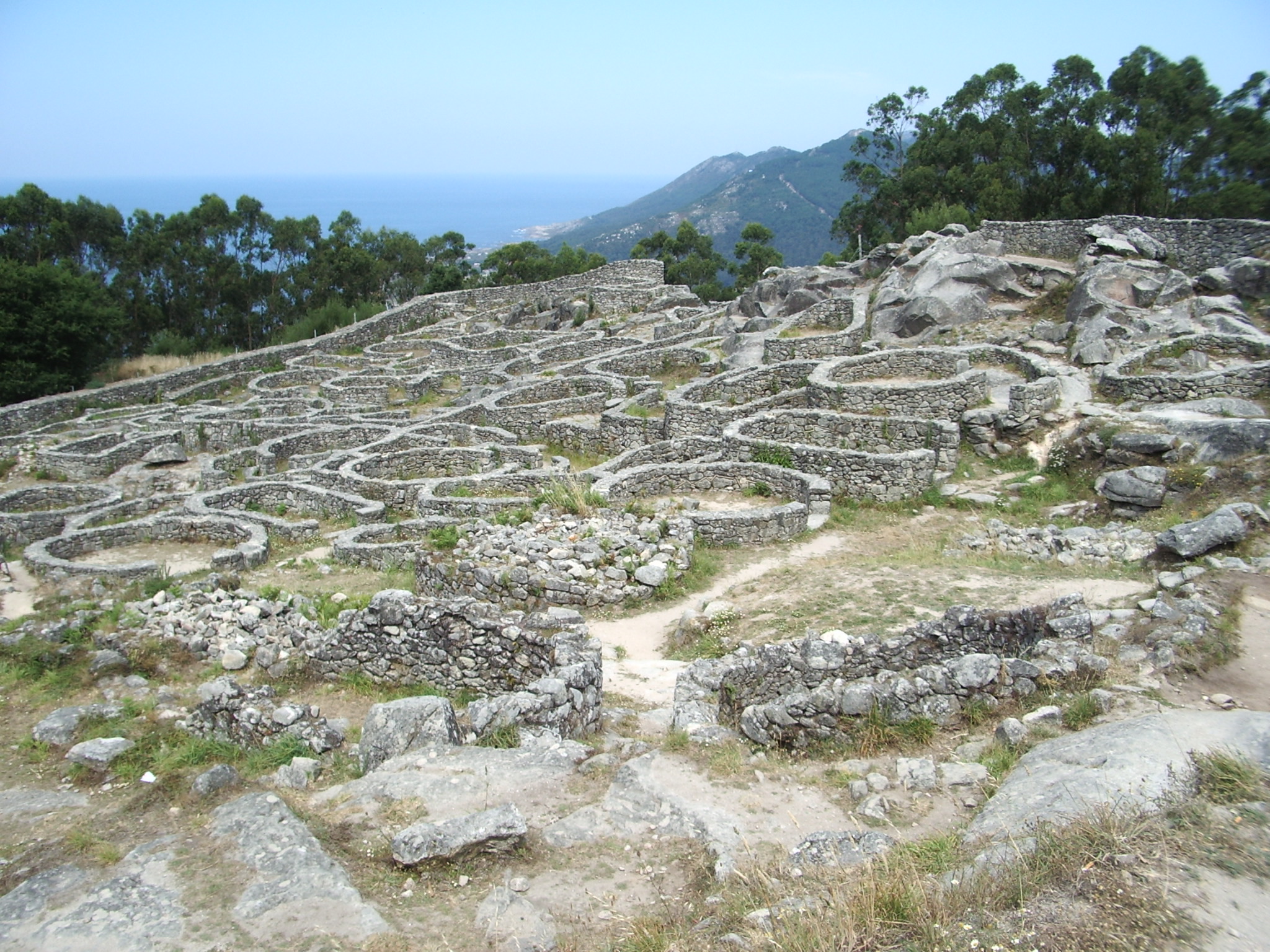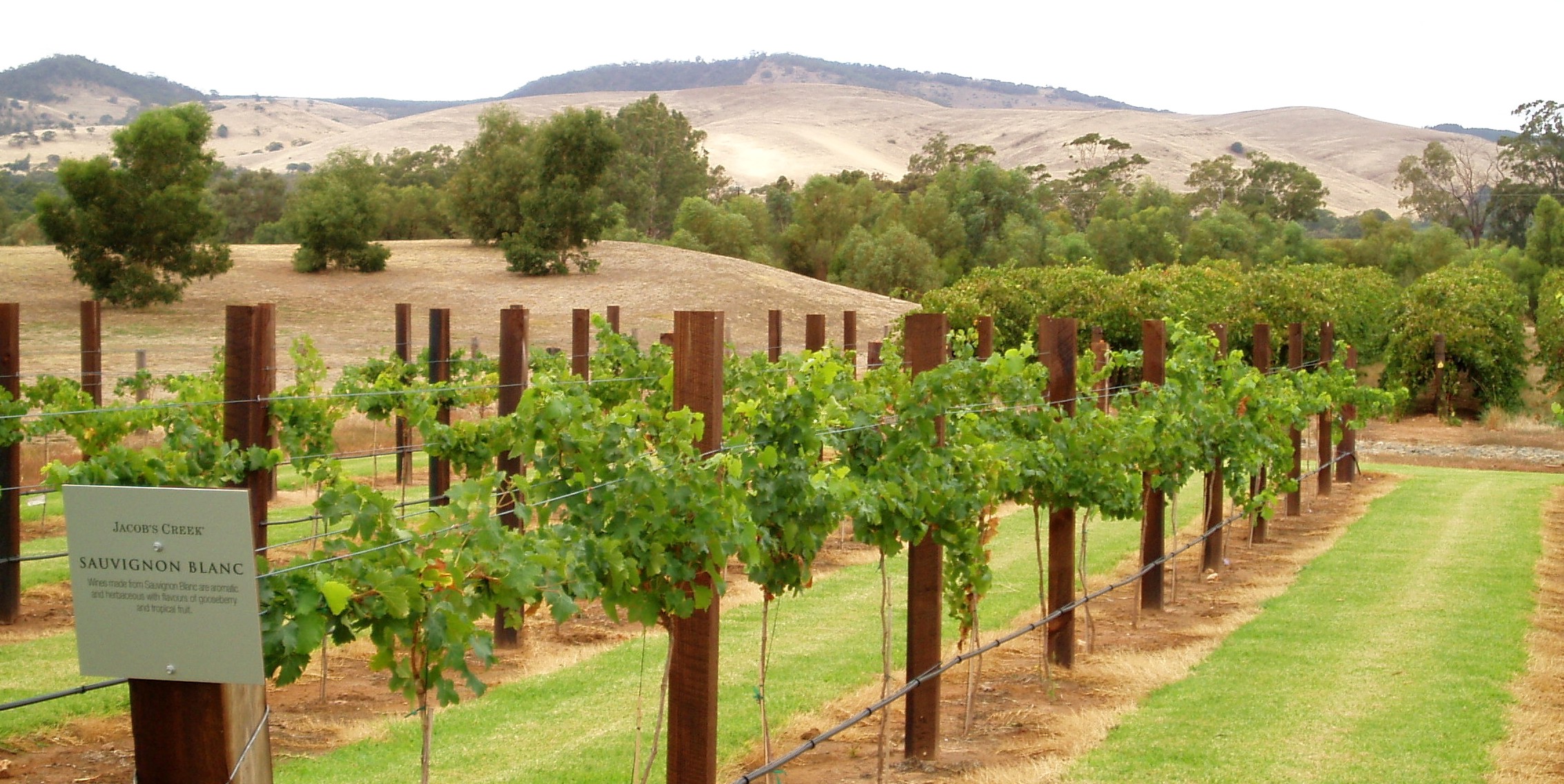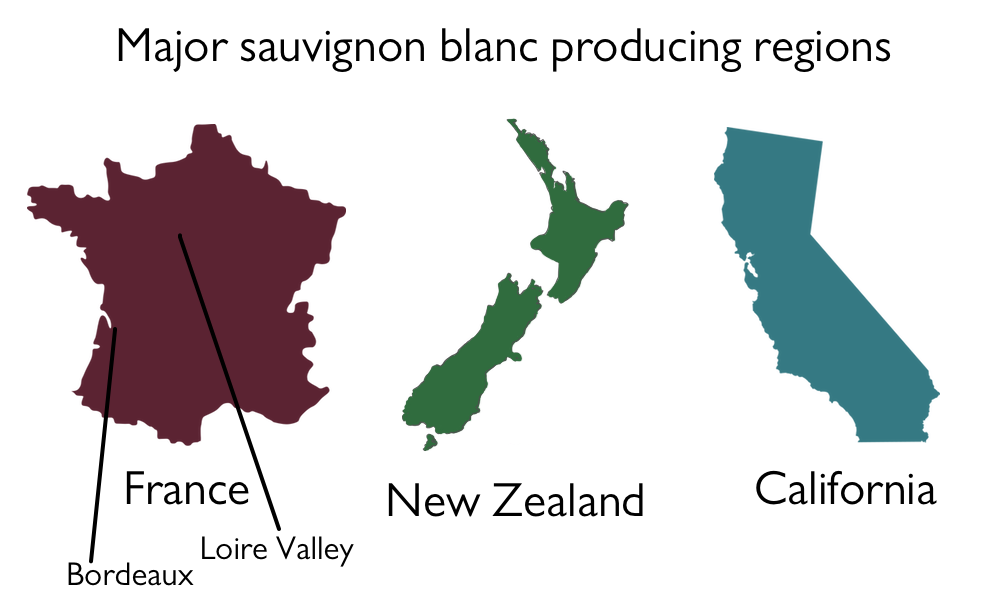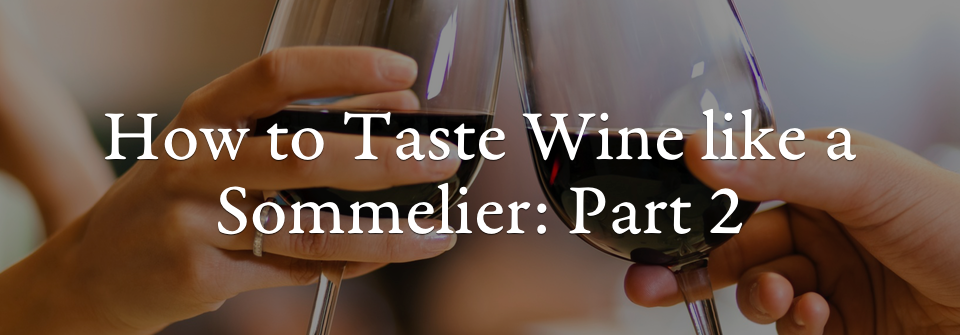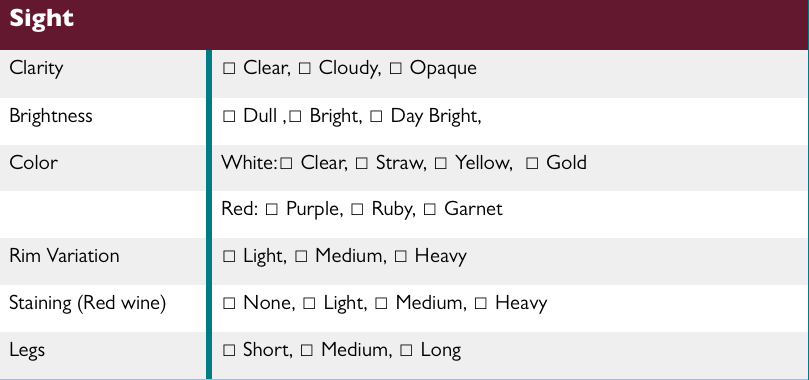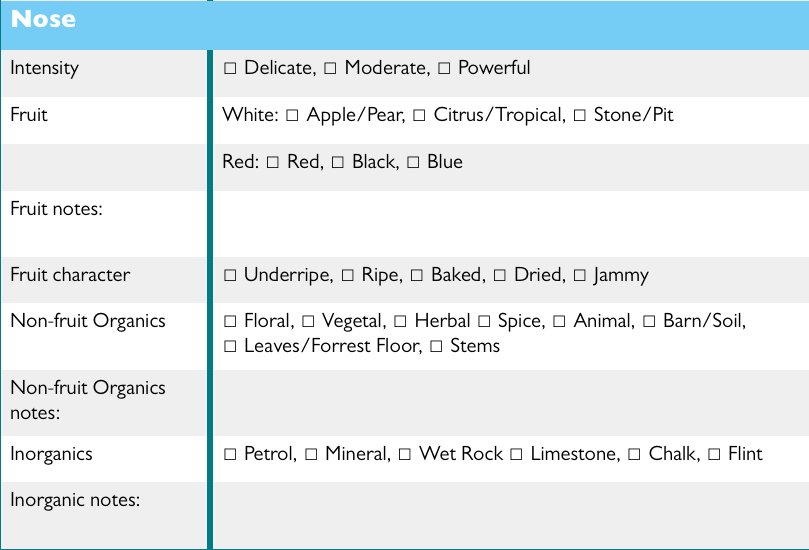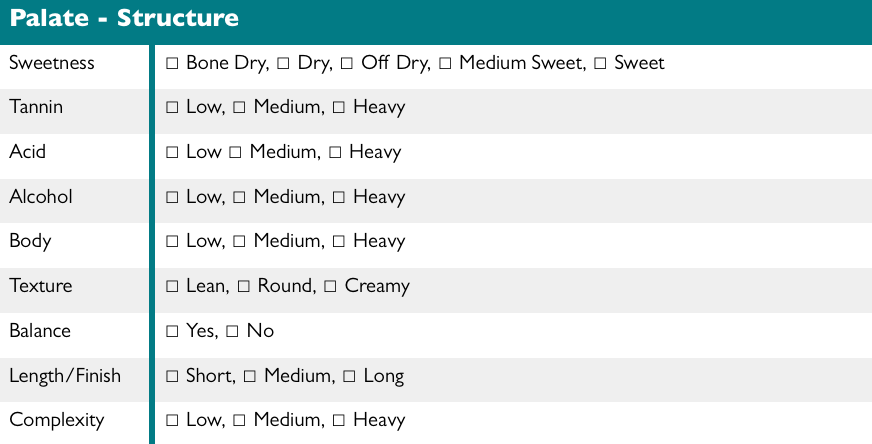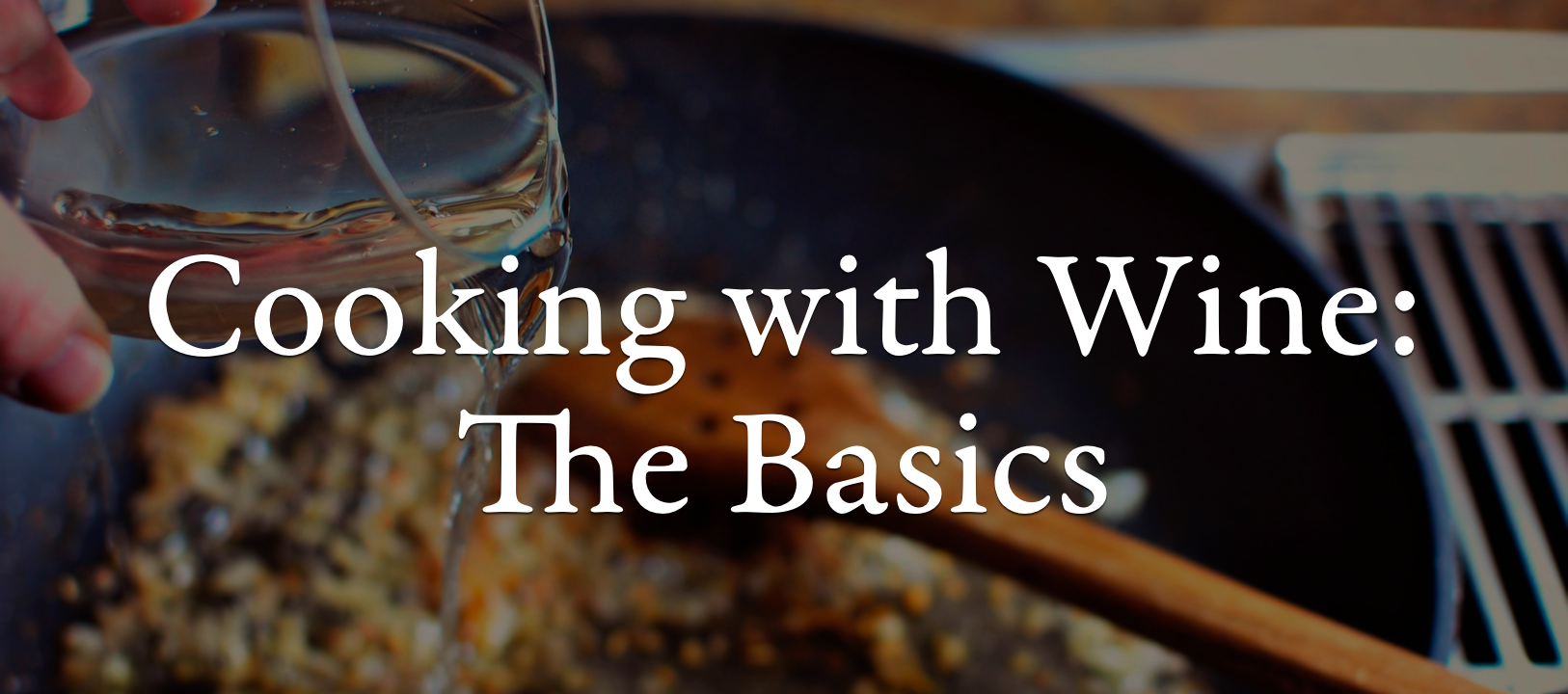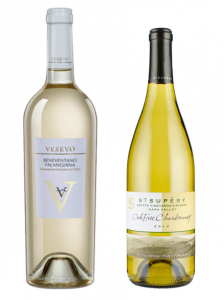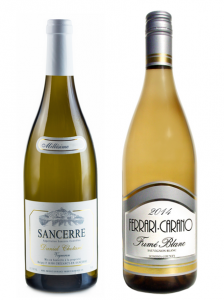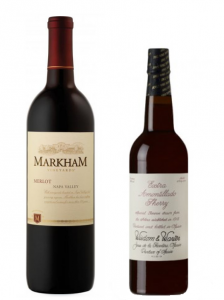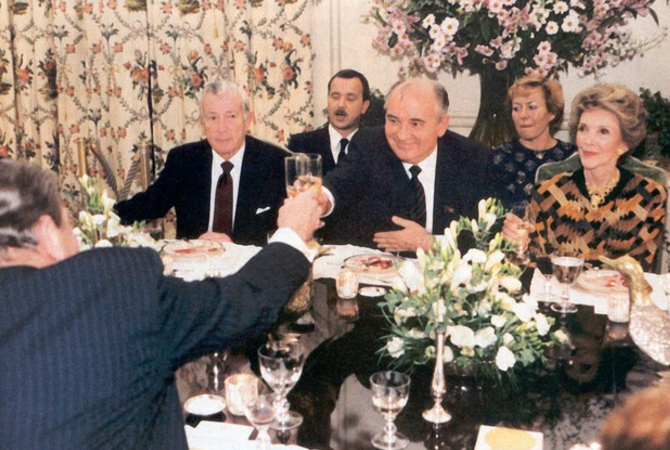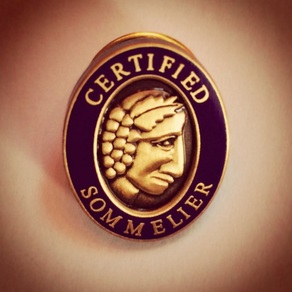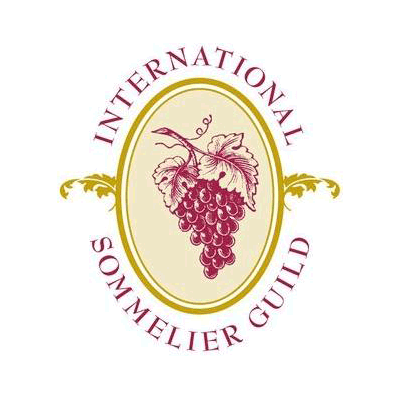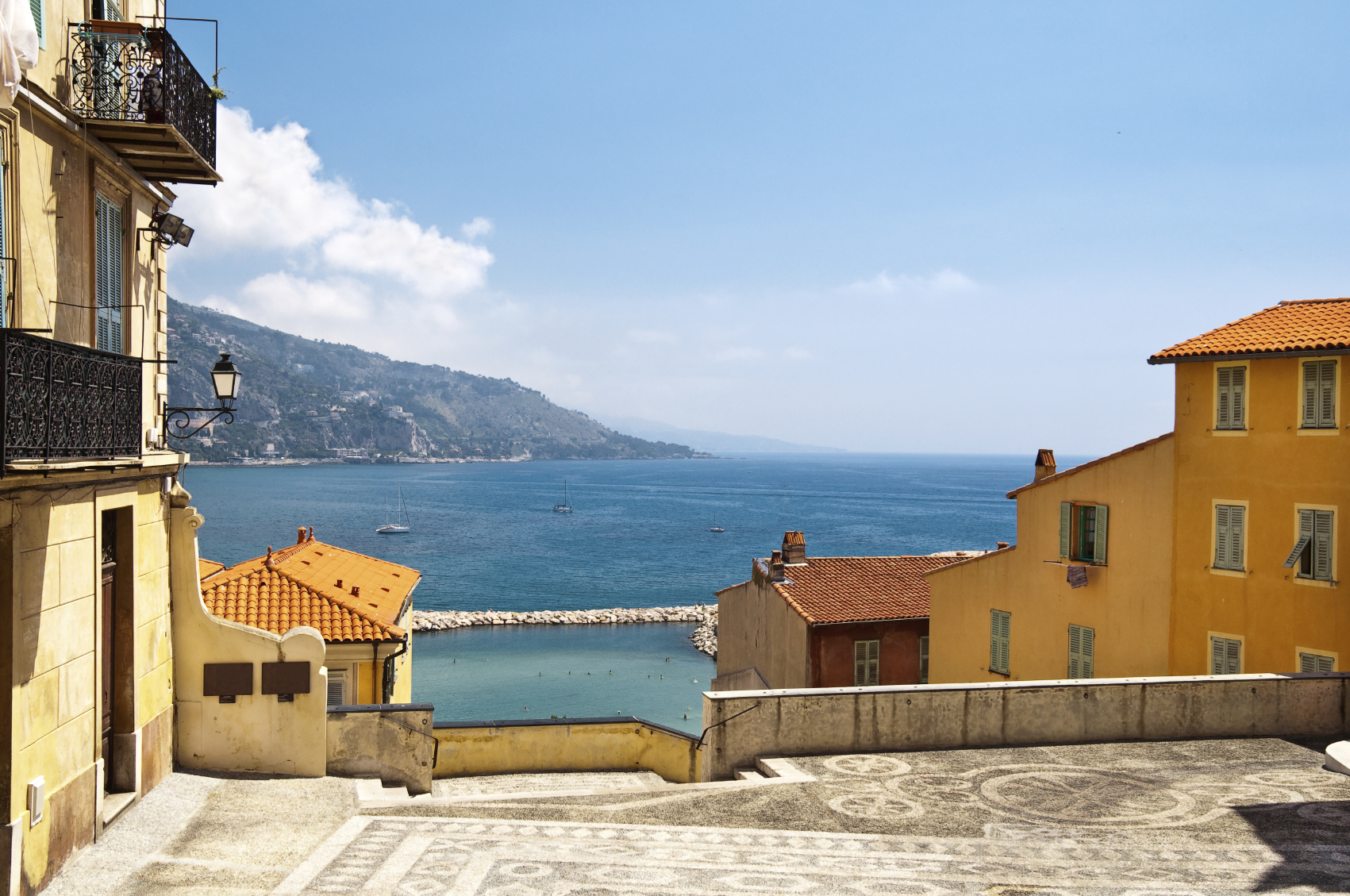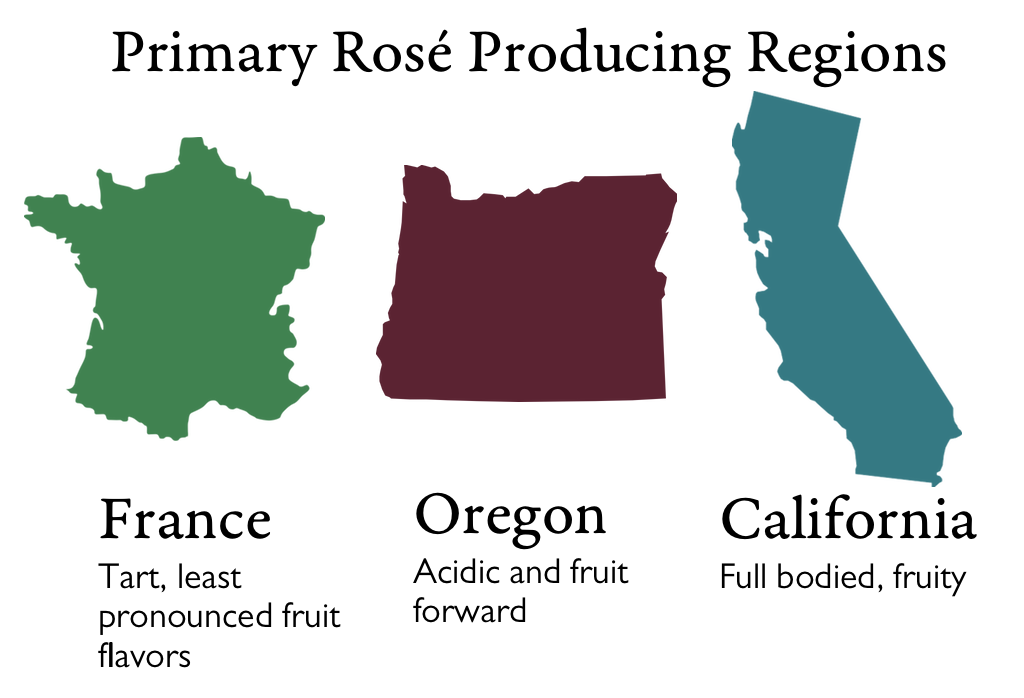On Saturday, February 18 from 1-3pm, we’re hosting a wine tasting focusing on sweet wines. Sometimes sweet wines can get a bad reputation, with most people thinking of mass produced and poorly made products. The truth is that sweet wine have been around for hundreds of years, and for good reason: they’re delicious!
Charles & Charles Riesling
This excellent, single vineyard riesling is everything one can want from a Washington riesling. Its sweetness is held in balance by a taut acidity that accents. The resulting wine is a gorgeous, full-flavored riesling with aromas driven by stone fruit, mineral notes, wet rock, citrus, and floral scents. Its palate has a beautiful focus with lingering notes of honeysuckle and crushed rock. For those looking to try a Washington state or a new world riesling, you’d be hard-pressed to find a better one than this.
Tintero Gramella Moscato
With this wine, the Tintero family provides a rarity among Italian moscatoes, a single vineyard bottling. The Sori vineyard is located on the southern facing slope of a hill named “Gramella” which creates a perfect microclimate for growing moscato. Full of fruit flavors like peach, apricot, and quince, this wine is an ideal pairing for light meals or an afternoon of steady sipping. Its light body and low alcohol level make it an ideal wine for parties and social events.
Le Tertre de Lys Sauternes
Bright golden color with pale gold hue, the nose contains top notes of honeyed apricot followed by some raisin, toffee, and spice. The wine’s rich and luscious palate texture shows excellent concentration with mouth-filling flavors of honey, raisins, apricot and apple. The finish is clean with a long aftertaste of honey, apricot, and raisin. Though only a 375ml bottle, this wine is meant to be sipped and savored. Pair it with an array of sweetbreads or desserts for the end of a meal, or, opt to recreate one of the world’s best wine pairings: foie gras and Sauternes.
Cocchi Asti
Asti Cocchi is a sweet sparkling produced in the hills, just north of the Italian city of Asti. Made from the moscato grape, the wine has a rich and intense aroma with notes of wisteria, acacia and honey on the palate. It features a well-balanced sweetness and a low alcohol content (7% Vol). It’s ideal with desserts and is a must with almond or hazelnut pastries. It also makes a wonderful accompaniment with orange juice in a morning’s mimosa. Out of all the Italian sparkling moscatoes, few achieve this level of balance. Even those who claim to not like sweet wines will be coming back to this one again and again.
Montinore Borealis
Mouthwatering and multi-dimensional, this perennial crowd-pleaser is a blend of our favorite cool-climate whites: gewurztraminer, muller-thurgau, pinot gris and riesling. Intensely aromatic, with a nose of tropical flowers, ripe kiwi and melon, the silky soft palate is brimming with rose petals, pink grapefruit, mango and white nectarine then finishes on a high, clean note of bright key lime.
Rosa Regale
Sparkling wine from the brachetto grape as long been a traditional sign of affection in Italy. Legend has it that both Julius Ceaser and Marc Antony sent it to Cleopatra in hopes to win her heart. Rosa Regale is a wine that fits any occasion and is an ideal match for any palate. The slightly off-dry nature of the wine makes it a perfect pairing with anything from seafood to spicy Asian cuisine. In the glass, it shines a bright and festive pink with striking fruit aromas that are followed by dramatic notes of raspberry and strawberry that dance across the palate.

